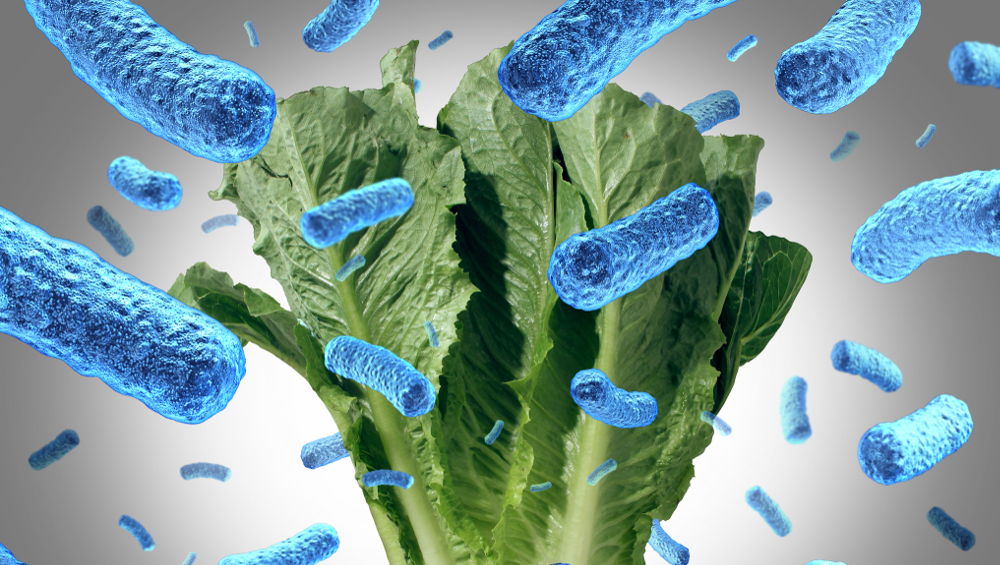Opinion
The FDA’s newly released 2020 Leafy Greens STEC Action Plan offers a well-worn list of produce safety agenda items. Like previous agency action plans, this latest plan pledges support for efforts to encourage good agricultural practices (known as “GAPs”), make inspections more reliable, and enhance outbreak investigations.
Since the first GAPS for fresh produce were developed by industry associations in California in the late 1990s, the central challenge in produce safety has been the lack of any scientific basis for specific, measurable, effective metrics for reducing the risk of microbial contamination via agricultural water, soil amendments, animal intrusion, and field sanitation.
Both growers and government regulators have known for more than two decades that these are likely sources of contamination, but there has been insufficient science to support quantitative thresholds for bacterial loads or testing protocols that will reduce foodborne illness. Consequently, the early GAPs in industry guidelines and FDA guidance were vague admonitions, for example, encouraging farmers to test for contaminants “on a periodic basis” and to make sure that irrigation water was “adequate” for its intended purpose.
In the wake of ongoing outbreaks associated with fresh produce — especially leafy greens — the FDA issued various plans to pledge support for more determinate and effective standards for produce safety. The 1998 Clinton Administration Food Safety Initiative and the 2004 Bush Administration Produce Safety Action Plan pledged to work with industry to develop specific, measurable, effective metrics for preventing the microbial contamination of fresh produce. During this time, the FDA pushed the industry to produce commodity-specific GAPs that would address the particular risks associated with leafy greens, tomatoes, or melons. The resulting commodity-specific GAPs suffered from the lack of detail as the initial GAPs.
Following the devastating 2006 Dole baby spinach outbreak, the California leafy greens industry created the Leafy Greens Marketing Agreement (LGMA) which imposed specific, measurable metrics and testing procedures. Since there was no new science to support the LGMA metrics, many of them were based on existing regulations from other areas. For example, the LGMA agricultural water quality standard was borrowed from the Environmental Protection Agency’s recreational water standard (on the theory that if water is clean enough to swim in, it must be clean enough to spray on crops).
The FDA incorporated these LGMA standards into its current Produce Safety Rule as part of the Food Safety Modernization Act. From 2007 to 2017, stakeholders in industry and government regulators insisted that these standards had reduced the risk of outbreaks. However, in the wake of large outbreaks in 2017 and 2018 associated with romaine lettuce from California and Arizona, governed by the LGMA standards, confidence in the reliability of these standards has faltered.
Predictably, in response, the FDA has issued a new commodity-specific action plan, which, like its predecessors, pledges that the agency will work with industry to develop specific, measurable, effective metrics and testing protocols to reduce the risk of microbial contamination and prevent foodborne illness outbreaks.
There is no harm to the agency’s latest pledge to, for example, “prioritize work with leafy green stakeholders” to develop better water quality standards and testing protocols, to increase inspections, and to improve outbreak investigations, but such pledges should not be mistaken for significant advances in addressing the long-running challenges of food safety in this area. Industry and academia are hard at work trying to learn more about the science of microbial contamination and its relation to human health risks. That work is painstaking and slow, and unlikely to yield quick answers.
About the author: Timothy D. Lytton is a Distinguished University Professor and Professor of Law at Georgia State University. He is the author of Outbreak: Foodborne Illness and the Struggle for Food Safety (University of Chicago Press 2019) and Kosher: Private Regulation in the Age of Industrial Food (Harvard University Press 2013).
(To sign up for a free subscription to Food Safety News, click here.)

